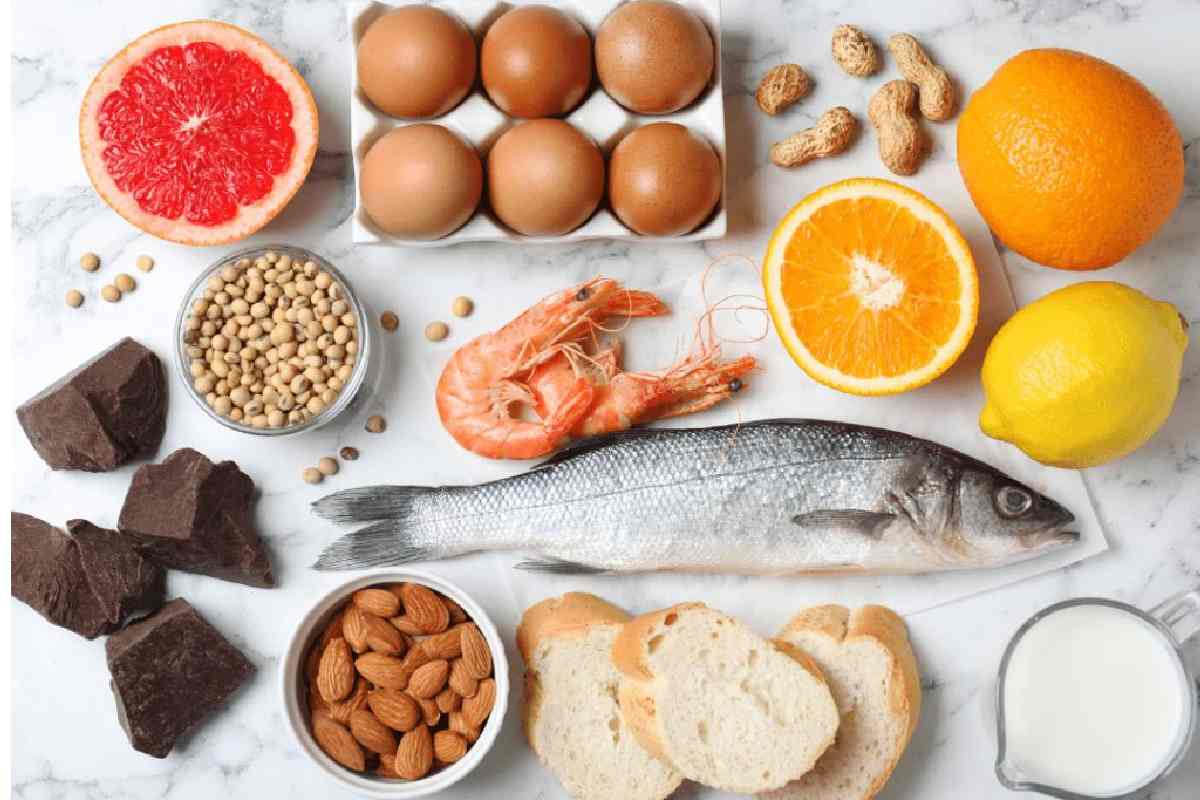Histamine in Food: When the immune system is defensive against a possible allergen, white blood cells release a substance called histamine into the circulation. A response to this release may remain triggered by allergens like pollen, mould, or certain foods.
You probably travel to the pharmacy’s allergy section when these triggers appear to look for the appropriate antihistamine. Histamine can be found in food but remains frequently produced in the body due to seasonal allergies.
Table of Contents
Why You Should Avoid Foods in Histamine
Most persons can tolerate foods high in histamines, but approximately 1% of the population has a histamine intolerance. Histamine shapes up in the body and is not broken down correctly for these people.
It can trigger an immune system response resulting in symptoms such as diarrhoea, shortness of breath, headaches, or skin irritation. If you suspect a histamine intolerance, your doctor might recommend that you avoid foods high in histamines to see whether it helps alleviate your symptoms.
Foods With Histamine
It isn’t easy to count the histamine level in foods, as its container varies greatly even in similar types of food. However, a dressed rule of thumb is that fermented, aged, or overly processed foods likely contain more histamine than fresh foods.
Histamine tolerance can vary significantly from person to being. If your doctor reasons that certain foods may remain causing allergy symptoms, a removal diet may remain optional. Eliminating high-histamine foods from your food and then adding them back one at a time will give you an idea of what nourishments your body can tolerate and which foods result in symptoms.
What Foods are High in Histamines?
Deciding which foods are high in histamines is challenging to study, explains. Most foods have some, but the amount in the food upsurges over time. “Food covers bacteria, and certain bacteria react with materials in foods and produce histamine, “As bacteria count increases—from getting older or sitting out on the counter—the histamine content increases. When working with histamine intolerance, people need to eat everything fresh, and if they have leftovers, freeze them directly. Then, don’t defrost it until right beforehand you eat it.”
So one part of evading histamines in food is ensuring everything you eat is super-fresh. Otherwise, avoiding foods typically includes anything that’s been around a while, explains. It includes aged cheeses, canned fish, fermented food (like kombucha or kimchi), yeast or yeast extract, processed meats, and alcohol. Anecdotally, it also says strawberries and citrus are high in histamines. Histamines also have a “bucket effect”—over a day, you may experience more indications as the overall quantity of histamines in your body increases.
Because there are so numerous ways histamine intolerance can affect someone, it recommends visiting a doctor and making sure you can rule out other G.I. conditions before you embark on a low-histamine diet.
The Following Some nourishments are High in Histamine:
Fermented Food
The histamine level in fermented foods can fluctuate based on preparation techniques and the length of ageing. Sauerkraut, in particular, has remained shown to contain a higher histamine concentration than other common foods. For those who are subtle to histamine, eating sauerkraut may upsurge allergy symptoms.
Alcohol
Histamine intolerance is considered a possible underlying contributor to alcohol intolerance, with other contributors including a reaction to sulfites or a specific grain used in making alcohol. Migraines are one of the main symptoms related to a response to alcohol due to histamine.
Packaged Meat
Opt for fresh essence over packaged, smoked, or otherwise preserved products. One study originated that the histamine level can change based on the cooking method. For most hearts, boiling decreases the histamine level, and grilling increases it.
Aged Cheese
One education found that the age of cheese and the temperature at which cheese remains stored can affect histamine levels. The histamine content in cheeses stored at 22 degrees Celsius was higher than that in cheese stored at 4 degrees Celsius.
Conclusion
Histamine levels are more significant in the following foods: dairy products that have been fermented, including aged cheese, yoghurt, sour cream, buttermilk, and kefir—pickled vegetables or pickles. The amount of histamine in raw food has been the subject of several reports. Foods high in histamine include spinach, tuna, mackerel, anchovies, and mackerel.

